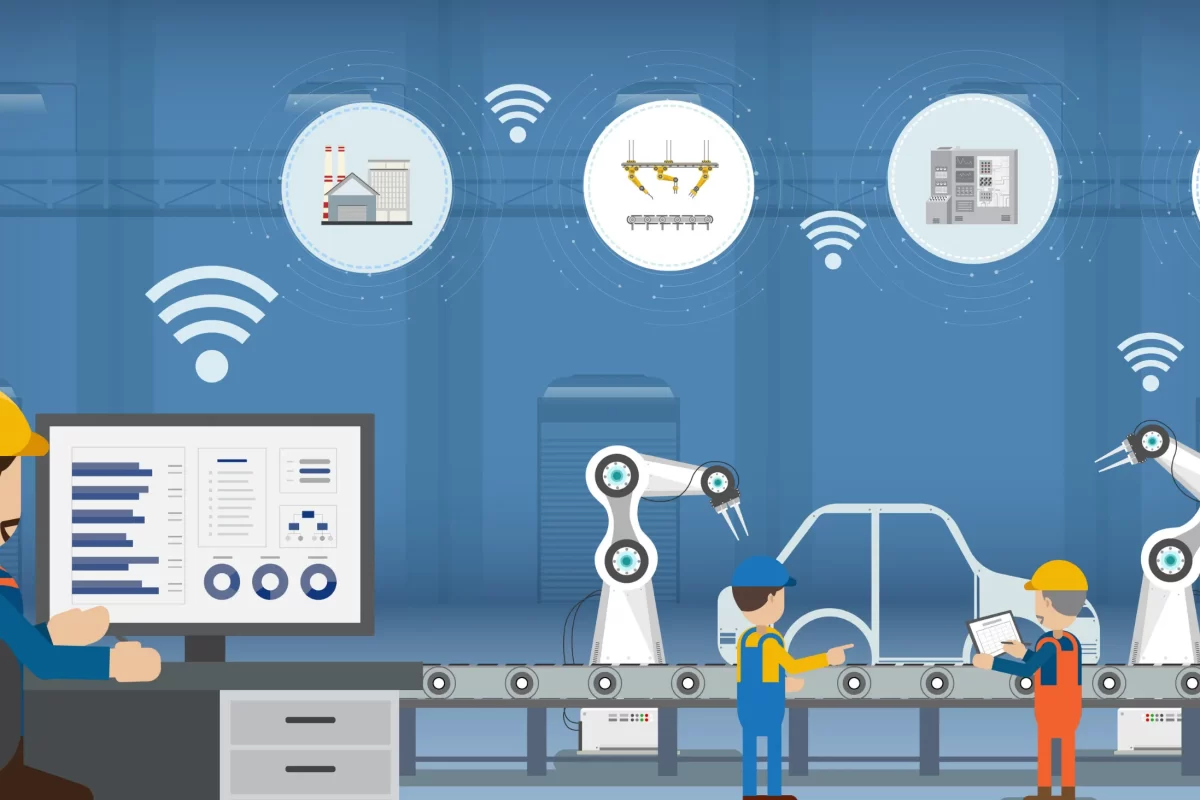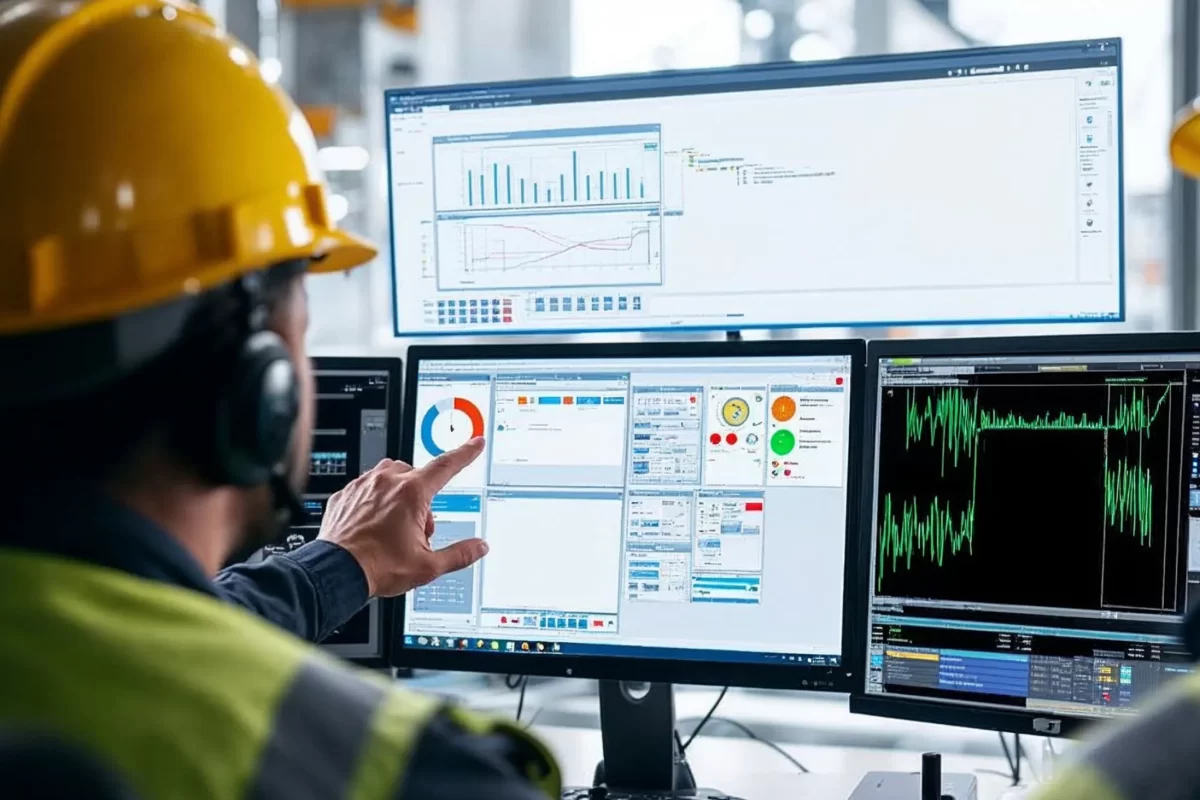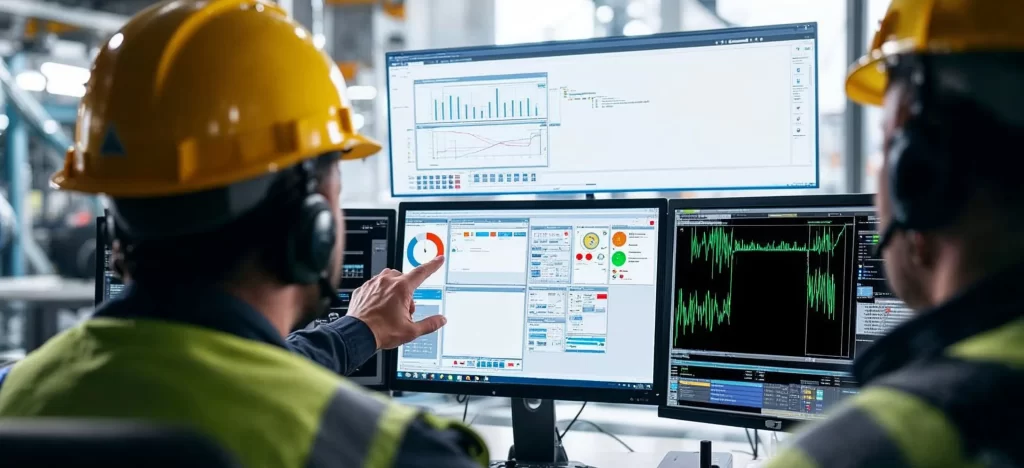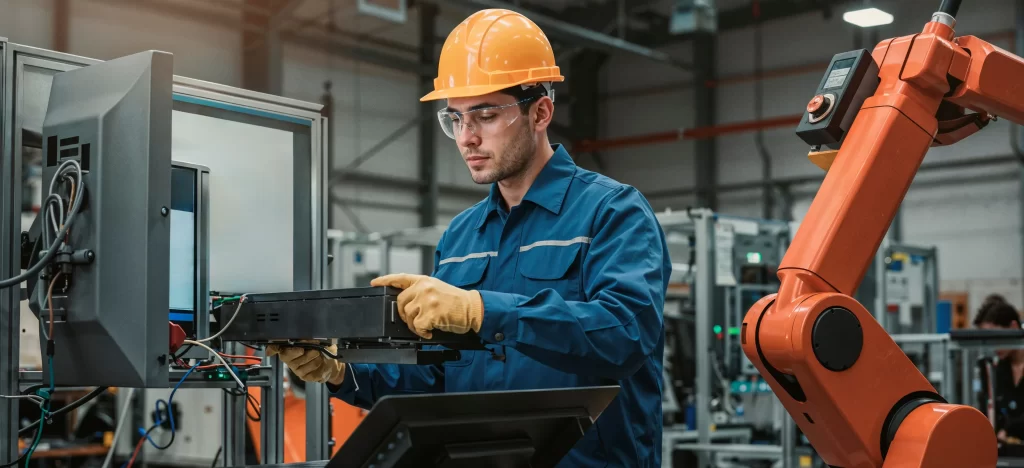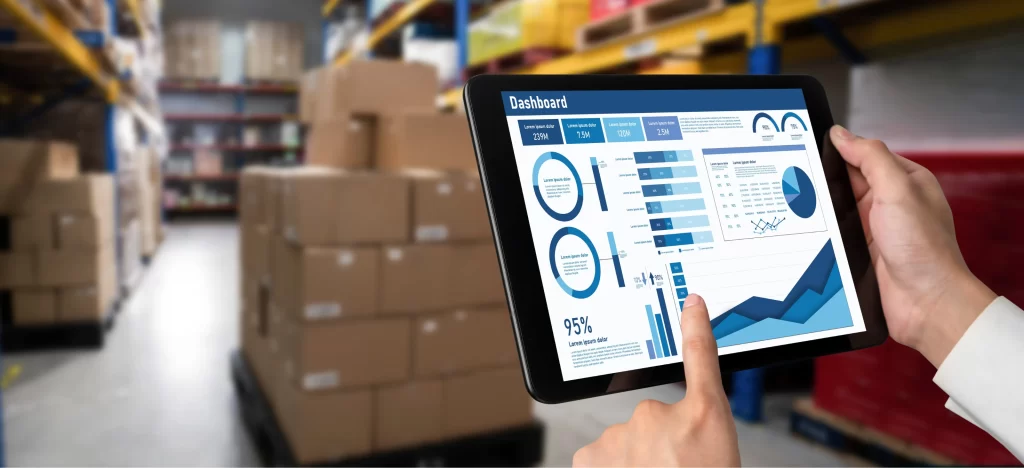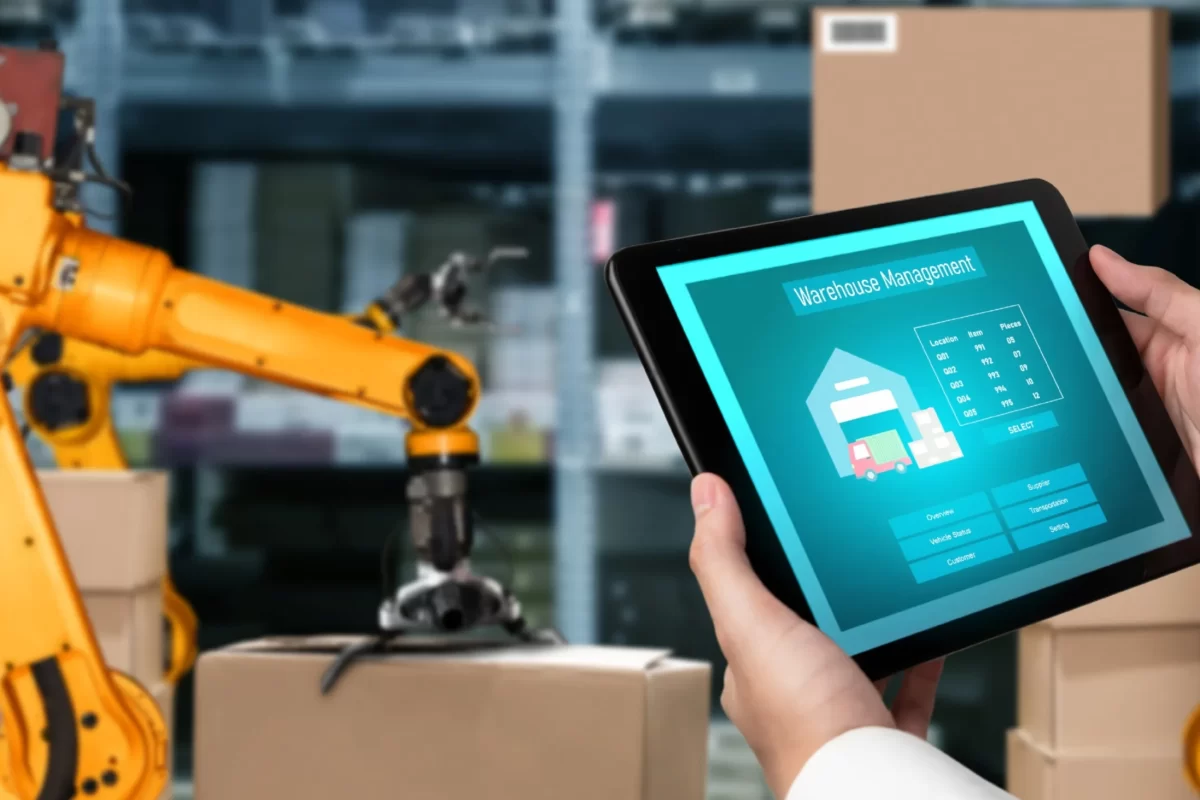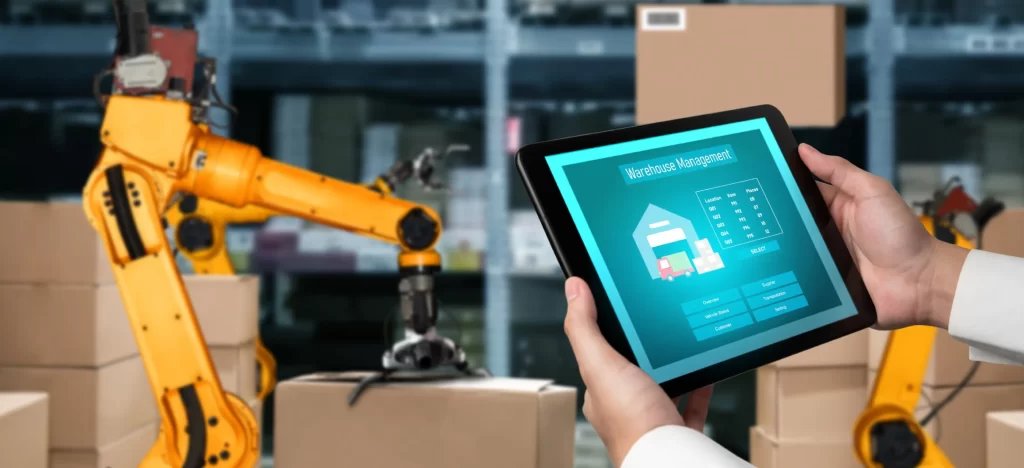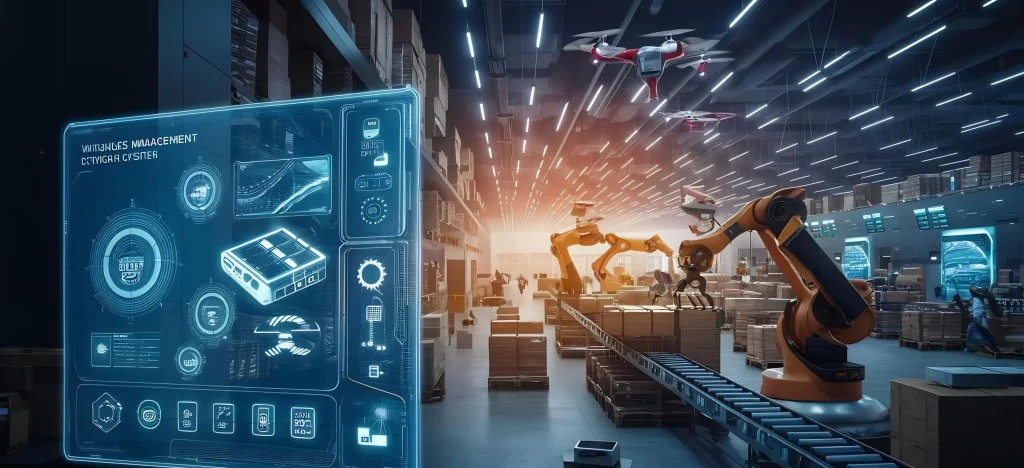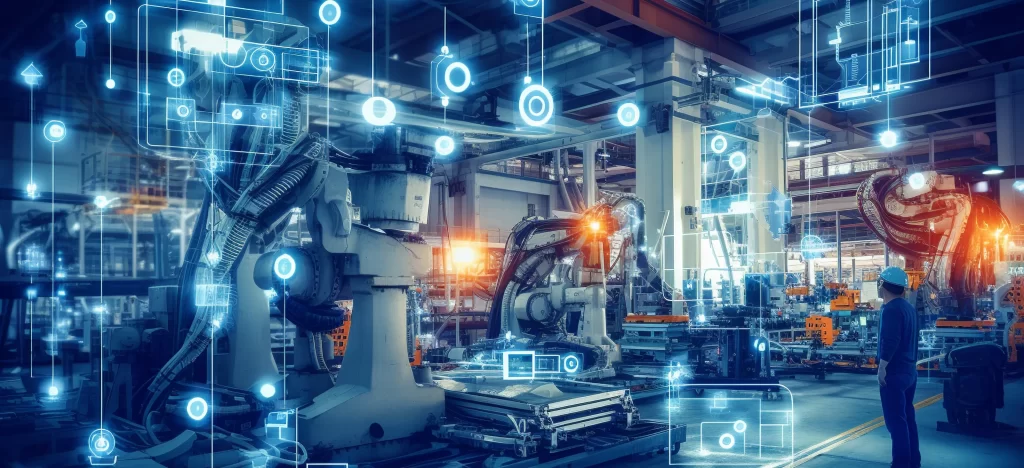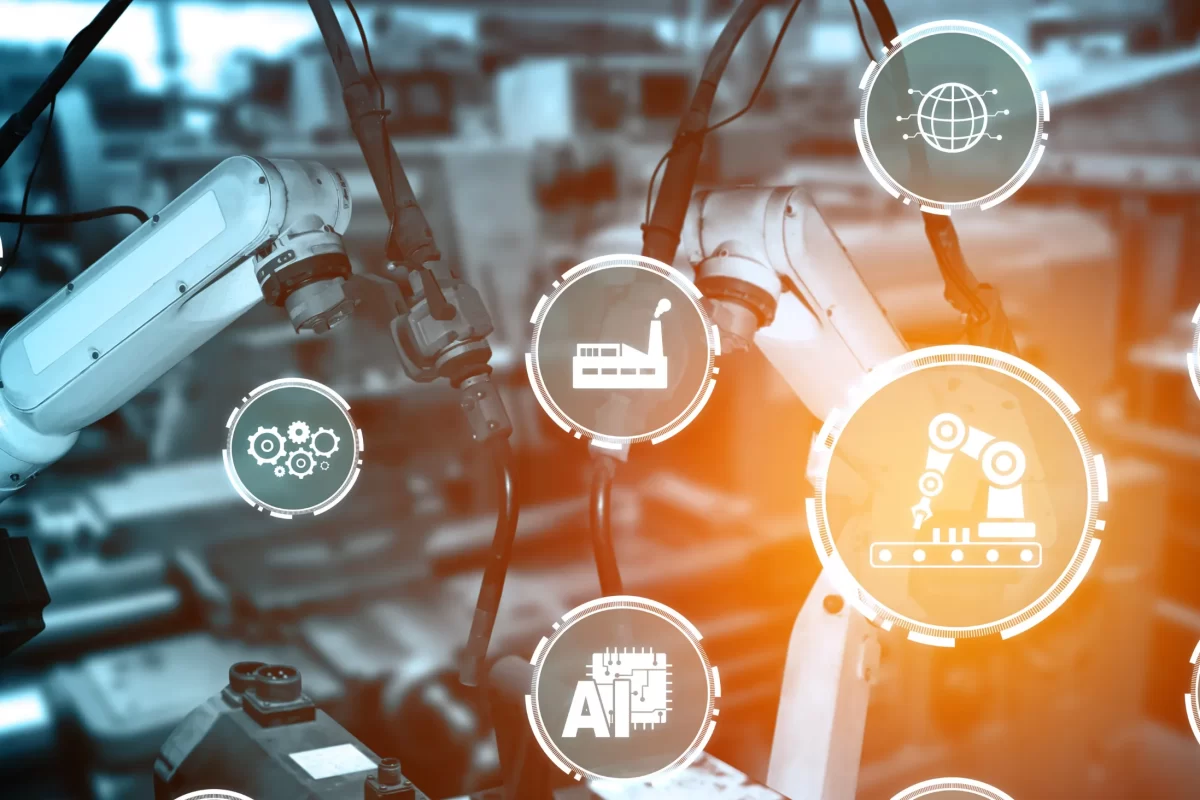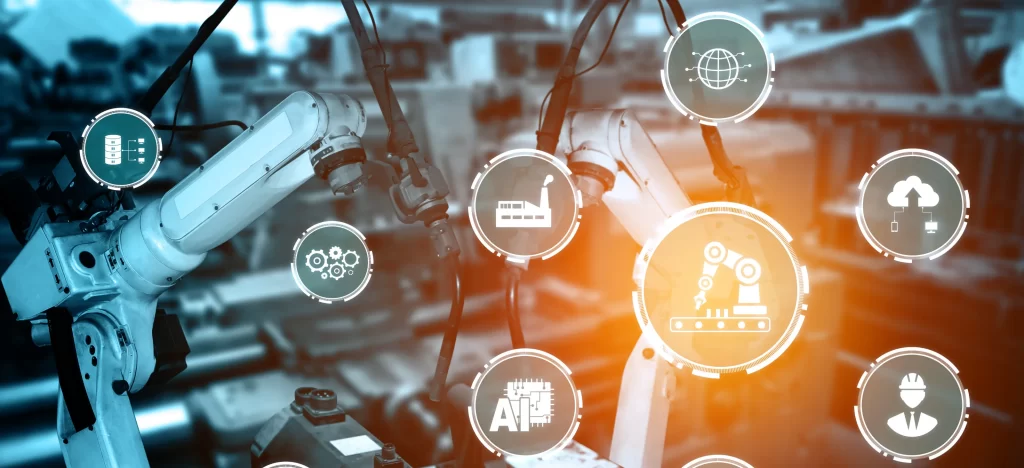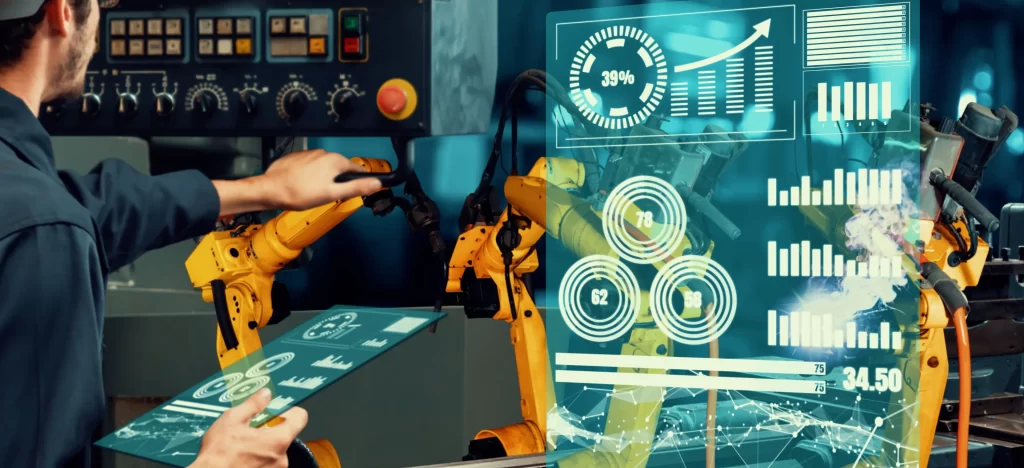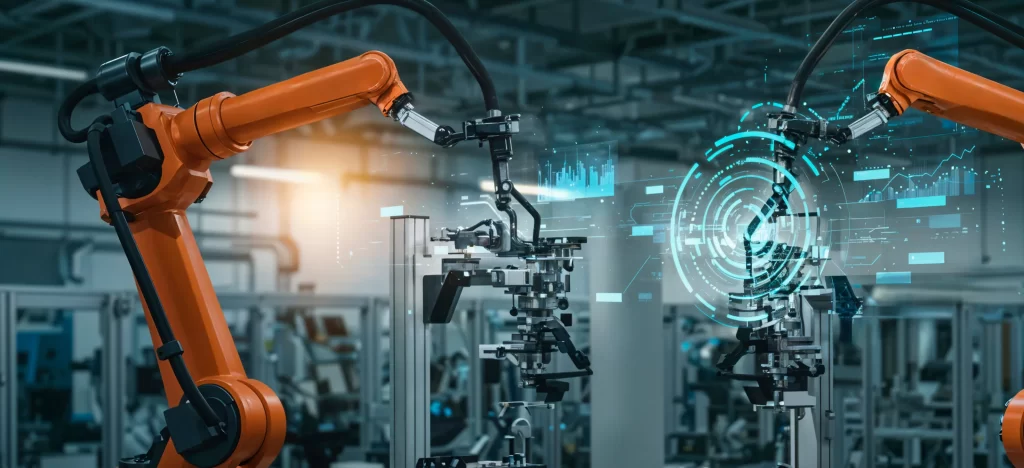Introduction
It is difficult to maintain all verticals of a facility: a slight pressure drop in air or a pump cycling longer than usual, these small signals can snowball into wasted energy and result in unplanned downtime. It is time that real-time data analytics moves to the foreground and makes facility performance visible.
In this blog, we explore how facility management systems and real-time visibility help cut downtime and energy waste, and turn anomalies into guided actions.
Facility management paired with real time data
Facilities change fast. And the work never stops. Different systems are always in motion that shape quality of production, energy usage and uptime. Small fluctuations in systems often go unnoticed until they become the root of a bigger problem.
Without real-time data, these fluctuations stay invisible until they result in unplanned downtime, increased waste, or pose a compliance risk. With the help of a facility management system, manufacturers can get real time insights about the facility so they can spot issues early and take quick actions.
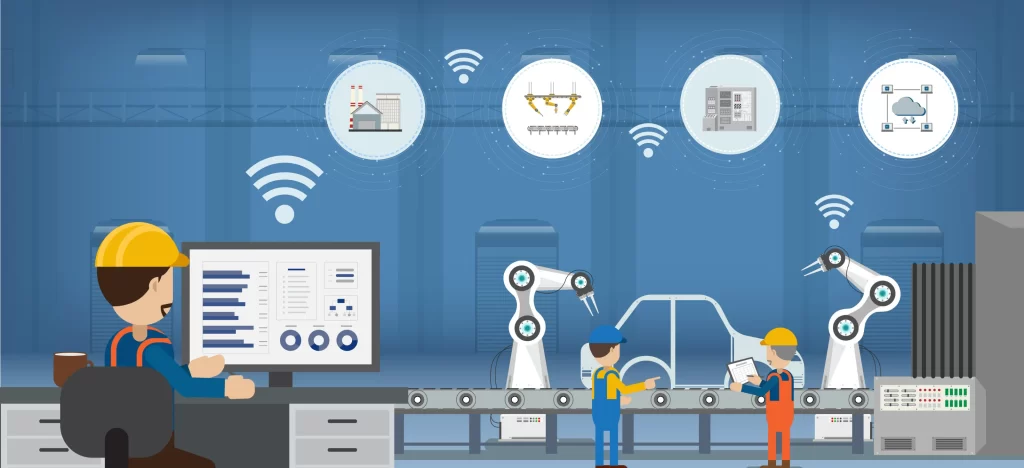
How technology drives smarter FMS
Today’s Facility Management Systems (FMS) are more than just monitoring tools, they are tech driven platforms that redefine operations. By combining AI analytics with real time data, FMS offers actionable insights into every aspect of facility operations. For example, it tracks energy consumption to predict maintenance needs.
FMS can detect inefficiencies, optimize resource usage, and anticipate maintenance needs before issues escalate. When integrated with manufacturing software, it enables coordination between production, maintenance, and administration in a factory. Facility managers can take faster and more accurate decisions that improves safety and makes operations more sustainable.
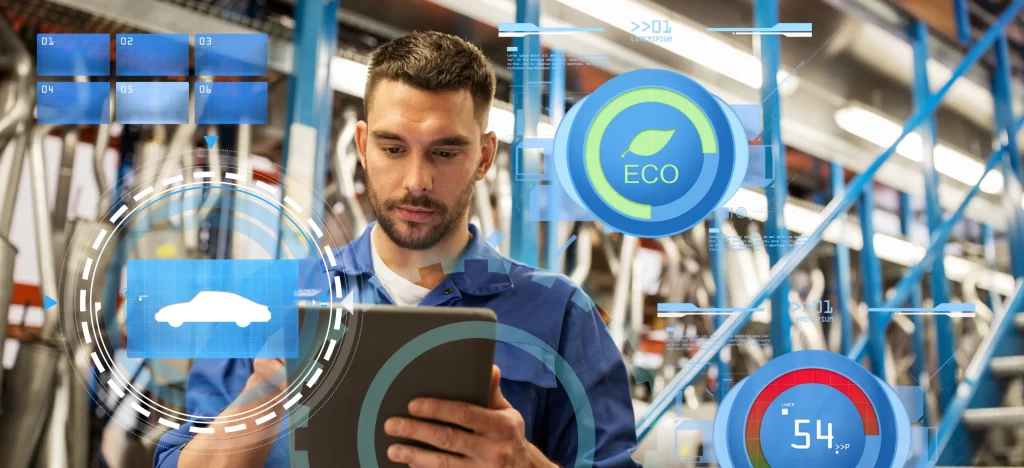
Vistrian’s solution for facility management
For a future ready factory, one needs to install tools that turn data into insights and decisions. With the help of Vistrian’s suite of tools, manufacturers and facility managers can monitor operations in real time, analyse performance and improve efficiency.
Vistrian’s FactoryLOOK provides visibility into plant operations, capturing and displaying real time data for informed decisions. Paired with Vistrian Analytics, it transforms raw information into actionable insights, helping identify trends, predict issues, and optimize performance.
Vistrian’s MMS streamlines workflows. It is easy to implement due to its intuitive design that allows quicker results. Vistrian’s FMS ensures critical infrastructure runs at peak efficiency. It does so by integrating factory facilities, assets, and workforce into a single digital platform.
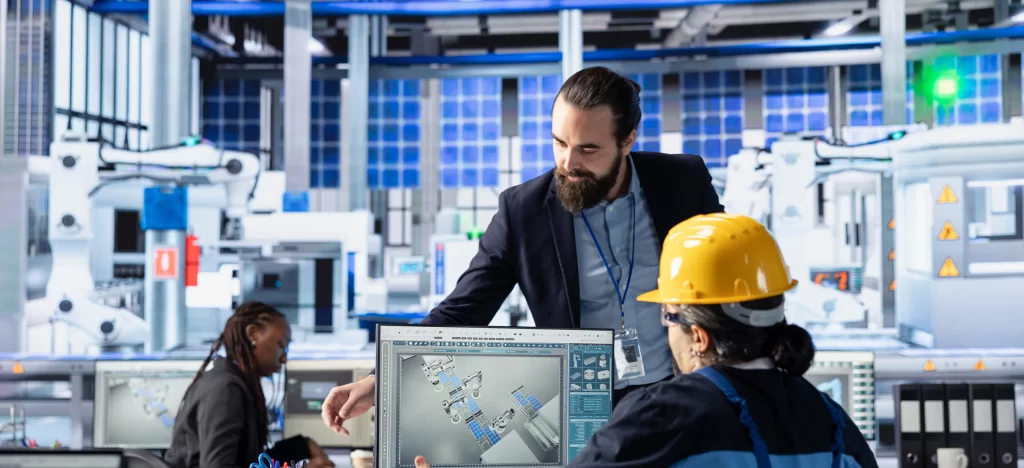
Conclusion
Facility management is made simple through real-time data collection that results in quicker actions. With a coherent FMS, factories resolve issues before they escalate and save on energy and uptime. A connected FMS also builds a single source of truth across utilities, assets, and teams. With Vistrian, facilities shift from reactive responses to insightful operations. Choose Vistrian for safer, leaner and future ready factories.

